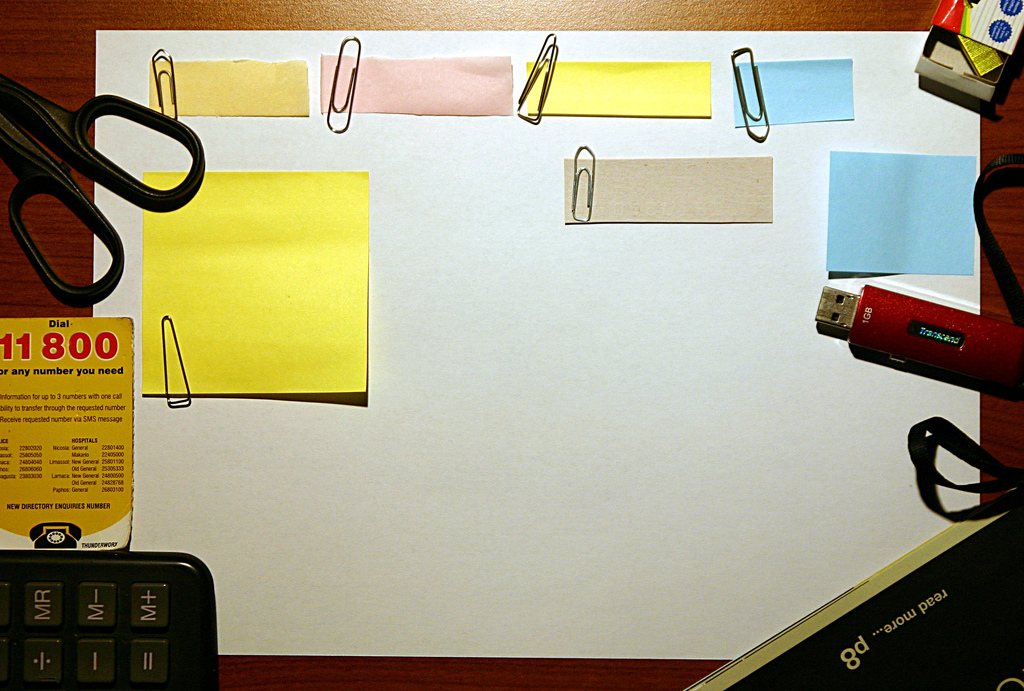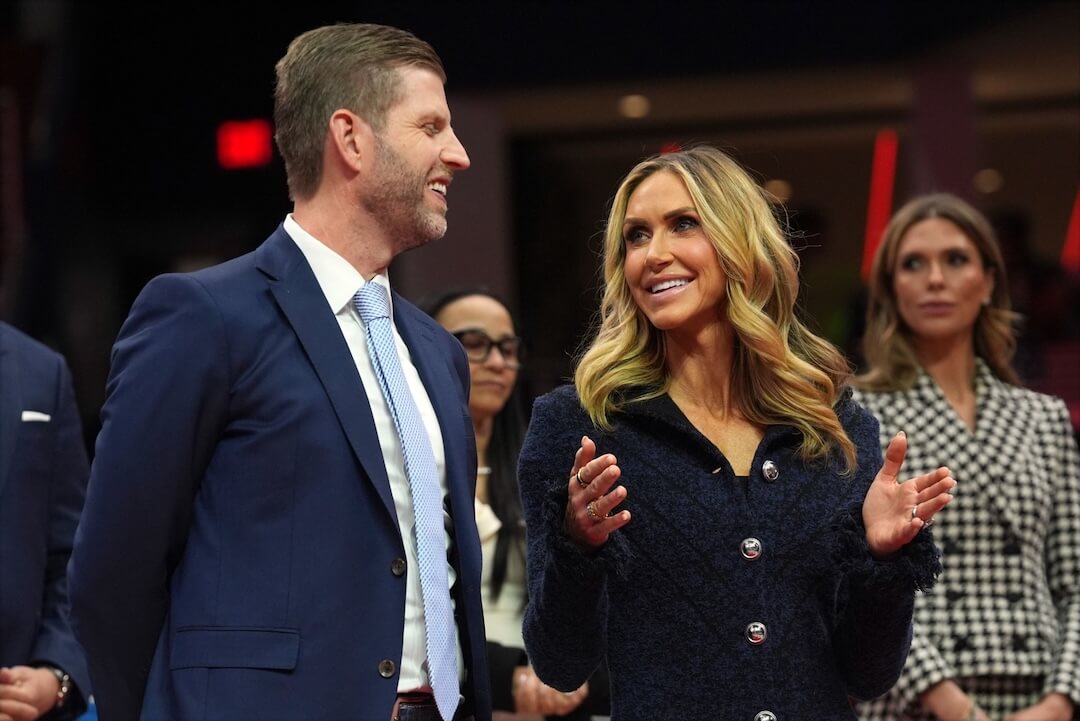
Photo by Leonid Mamchenkov/Flickr
Learning how to design, Oliver Reichenstein wrote in his letter to the profession, is like learning how to see. “Good design is when I see it,” he said of the audience’s subjective taste. The opposite is true, too — bad design is easily recognized.
Articles, features and longform stories are designed to be read, viewed, heard. Our stories are written on the Web, read in an app, printed onto paper, translated in a text-to-talk speaker, displayed in a presentation, spoken over radio waves, all with intentional structure and design to be easily consumed and understood. By design, our words follow a style guide to keep in line with spelling and grammar, and when edited well, have brevity and rhythm. In news reporting, an information architecture is taught early on in journalism school, an economic order that provides a structure so that the words the writer chooses represent the most meaning. There is intentional design in all of the structures in our stories, and on the surface and in the structure is the visual design, to be consumed by the reader.
As a technical person with an editorial background, I often ask basic questions to the talented designers I work with, appreciative of beautifully designed features and longform stories, but with no formal baseline of visual knowledge to critique them. These questions are always prefaced with slight embarrassment of my lack of knowledge, whether they’re asked on my behalf or writers I work with.
This gap in knowledge isn’t always uncommon; in digital and print newsrooms, designers and photo editors have often been siloed from editorial into product, visual or photo teams, and the collaboration between designers and writers may be limited. Recognizing good and bad design in stories is easy, but being open to learn basic visual rules that can be applied in stories is where writers can connect to their audiences and tell their stories in a clearer way. Design leaders who work with editorial teams in many different ways shared their thoughts and advice on how to tell stories well visually:
Don’t be afraid of white space.

Kyle MacDonald/Flickr
“Consider this as ‘breathing room’ to focus on and emphasize your storytelling,” said Libby Bawcombe, design director at The Atlantic, who recognizes that white space can go against editorial instinct to fit more content into the story. “Err on the side of too much breathing room rather than too little, since the feeling of room equates to a premium space.”
Aside from the breathing room articles do or do not have in standard CMS publishing entries, consider the ways that editing can introduce white space within the story itself, whether it be in block quotes, pull quotes, or line breaks, which can also draw more visual attention to the most impactful parts of the story.
Consider the story’s highest and secondary areas of editorial importance.

Photo by Michael Summers/Flickr
Sabrina Majeed, who manages a design team at Buzzfeed, recommends assigning importance to the different parts of the story.
“Think of what’s most important, and put that first,” she said, using the primary H1-H6 header structures that make information easy for readers to consider first. For supplementary information, Sabrina says ambient photography, or different effects such as blurring, can play a role in setting the mood for reading the story.
Make the story accessible to the audience.

Photo by Dysanovic/Flickr
Designing for accessibility is an important way to reach all of your readers, especially if the story is written on the Web. The assumption behind building many stories on the Web is that most readers are in a certain age group or have good enough eyesight to read the default small font size, said Karolina Sczcur, a prominent design speaker and evangelist for applications company &yet. “That is a false assumption about your audience.”
Through working with designers on your team, Karolina recommends making sure that written stories are easy to read. “The most important thing about accessibility is making type big and readable, more than 16 pixels, with enough line height around it to be read,” she said. For readers with visual impairment who use interfaces such as screen readers, it’s also important to make sure those stories are read well by listening to the occasional story through a screen reader.
Save the stories you really like and articulate why you like them.

Photo by Lisa Ruokis/Flickr
The way to get better at visual storytelling and approaching work visually, especially if you don’t have visual experience, is to just try, said Kelsey Scherer, an editorial products designer at Vox Media (where I work.)
“Look at stories you admire and dissect why you admire them. It could be that all the photos in a story were taken by the same photographer and have the same feeling or mood to it and that’s all the piece did and why it feels so cohesive,” Kelsey said. “It’s good to have a backlog of stories you feel that way about and pick apart why you think it looks good.”
For Kelsey, whose interactive work includes designing reusable tools for the open-source system Autotune, her most recent feature inspirations include the New York Times’ voting rights piece and Brittany Holloway-Brown’s illustration work on Racked. “It’s been interesting to see really great storytelling that pairs so well with photography and illustration,” she said.
Be open-minded and reach out to storytellers on different teams if you can.

Photo by Domiriel/Flickr
Danielle Kunitz, the Creative Director at the Newseum, works with writers and editors to tell stories through video and interactive production exhibits. “There are a lot of interactive experiences: touch screens, touch tables, touch walls, education modules and online versions for these exhibits,” she explains. Working with cross-functional teams has helped the stories get their message across in many different formats.
“Sometimes the way you’ve been doing something isn’t always the best way,” Danielle said. “The more people from different disciplines you work with, the better product you’re going to build. Everyone has their specialties just like writing is yours; don’t be intimidated to create something that is unexpected or different from what it is ‘supposed’ to look like.”
When designing new stories for exhibits and getting user feedback from museum guests, Danielle has seen the effect of incorporating a visual perspective to edit stories before they’re published. “Sometimes a bold image will make more of an impression than a lot of words.”






